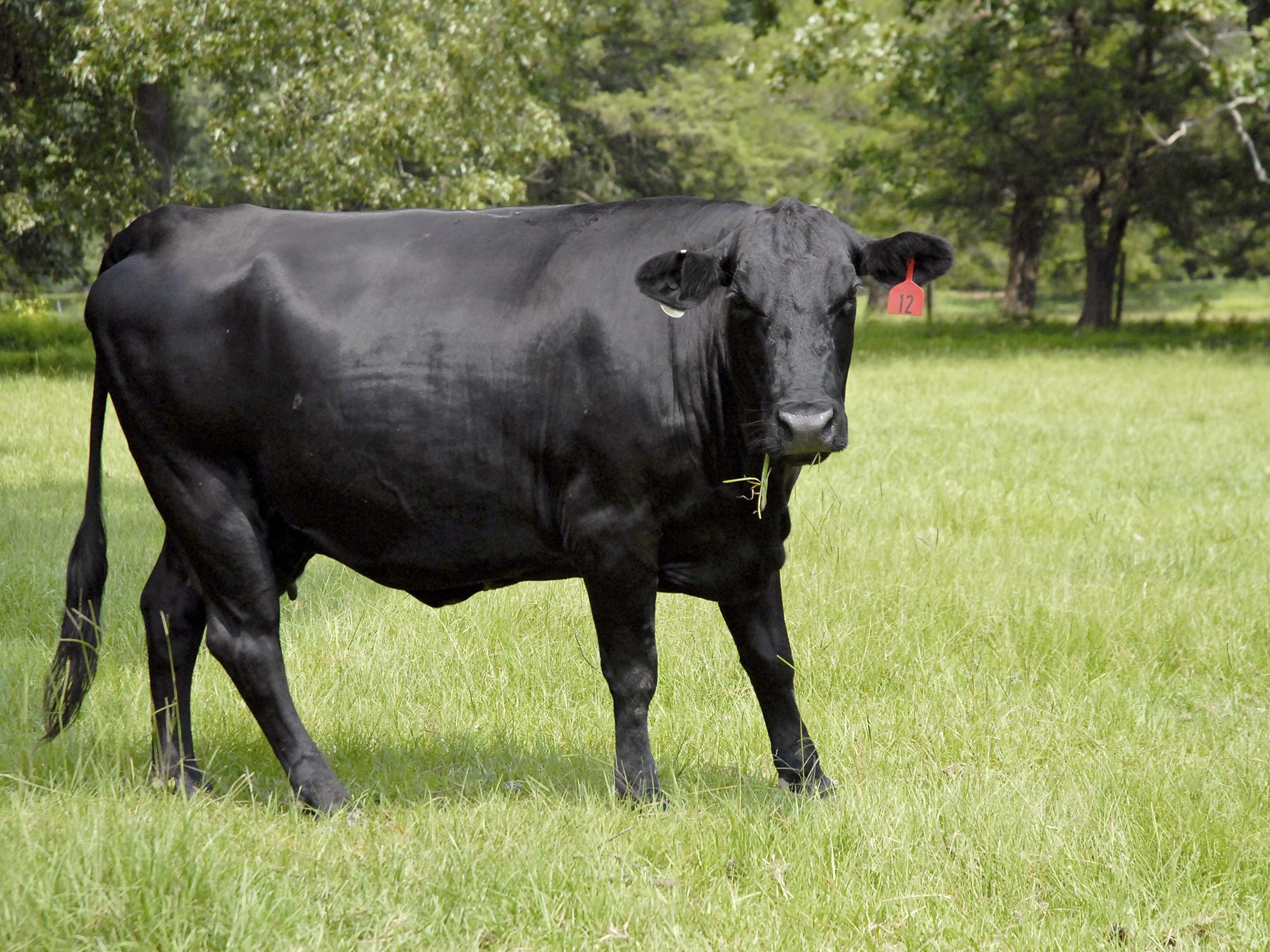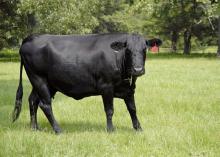Information Possibly Outdated
The information presented on this page was originally released on August 16, 2013. It may not be outdated, but please search our site for more current information. If you plan to quote or reference this information in a publication, please check with the Extension specialist or author before proceeding.
Cattle producers appreciate rains
MISSISSIPPI STATE – Rains are taking some feed-cost pressure off Mississippi cattle producers as the end of summer approaches.
Jane Parish, beef specialist with the Mississippi State University Extension Service, said summer droughts often reduce hay yields, and the resulting sparse grass in pastures can trigger hay feedings before the first frost hits. This year, rains across most of the state have had the opposite effect and kept grass abundant.
“Whenever we get plenty of rain and pastures are looking good in August, cattle producers are more optimistic,” she said. “However, even under promising conditions, prudent financial and production management of cattle herds is still important.”
Parish said recent droughts in cattle-producing regions, both east and west of Mississippi, have driven cattle numbers down.
“Cattle numbers as a whole have declined over the past few years in Texas, Georgia and their surrounding states, but Mississippi’s industry has been more stable. Mississippi’s bright spot has been stocker cattle, especially when drought areas sent animals here,” she said.
“We have not seen as many replacement heifers, meaning there are fewer breeding animals, and the national herd numbers have shown this trend of decline,” she said. “This should mean good prices are coming in a few years.”
John Michael Riley, Extension agricultural economist, said replacement heifers are not cheap.
“Replacement commercial females are running $1,000 to $2,500 per cow, depending on the quality of the animal,” he said.
Riley said Mississippi calves are bringing 5 to 10 cents per pound more than a year ago.
“Lightweight calves (less than 500 pounds) are in the $1.60 per pound range, and heavier (feeder) calves are between $1.30 and $1.35 per pound,” he said.
Riley said 2009 was a low mark for cattle markets, but prices generally have trended up since then. The recent market improvements are a result of decreasing supplies and the approach of Labor Day, a traditional holiday for grilling.
“We expect supplies to continue to tighten, potentially strengthening futures prices. Prices typically peak in the spring and again in late August and early September, so the situation we are seeing is normal,” he said. “Beef demand is looking good and has weathered the struggling economy, but higher feeding costs and market volatility have kept these improvements from trickling back to cattle producers.”
Riley said the potential for a record national corn crop should help moderate feed prices.
“Overall, cattle producers are experiencing favorable conditions,” he said. “Feed costs are coming down, and animal prices are holding steady with last year, which was an above-average year.”






